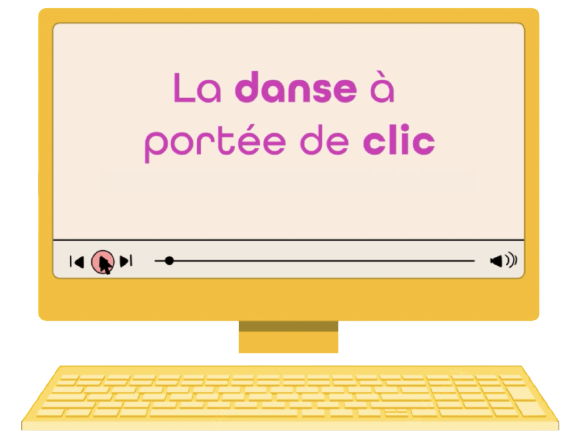Episode 2 - The different kinds of webcasts

Share on social media
Follow us

- Advices from our experts
Why produce a webcast?
Who are you aiming to reach?
What form of webcast is the most appropriate?
Webcast Requirements

- Some concepts to explore
The capture of a stage creation is its recording usually with one or several cameras. Unlike videodance or cinedance – an audiovisual work with cinematographic touches created for the camera – capture is a recording that adapts to the stage work, serves as its archive, and seeks to transpose into sound and images the experience of the audience seated in the performance hall. Capture can be done with or without an audience.
A webcast technique that can send the audio, video or audiovisual stream in real time on several platforms, e.g., Facebook and YouTube, Twitch, Twitter and LinkedIn at the same time. The advantage of multicasting is both communicational and technical. From a communications standpoint, it has the advantage of being able to reach more people, especially if they do not have an account on one or several of these platforms. From a technical standpoint, multicasting makes it possible to spread out users over several sites, thus avoiding viewing problems caused by too many people viewing the same stream at the same time on one platform.






